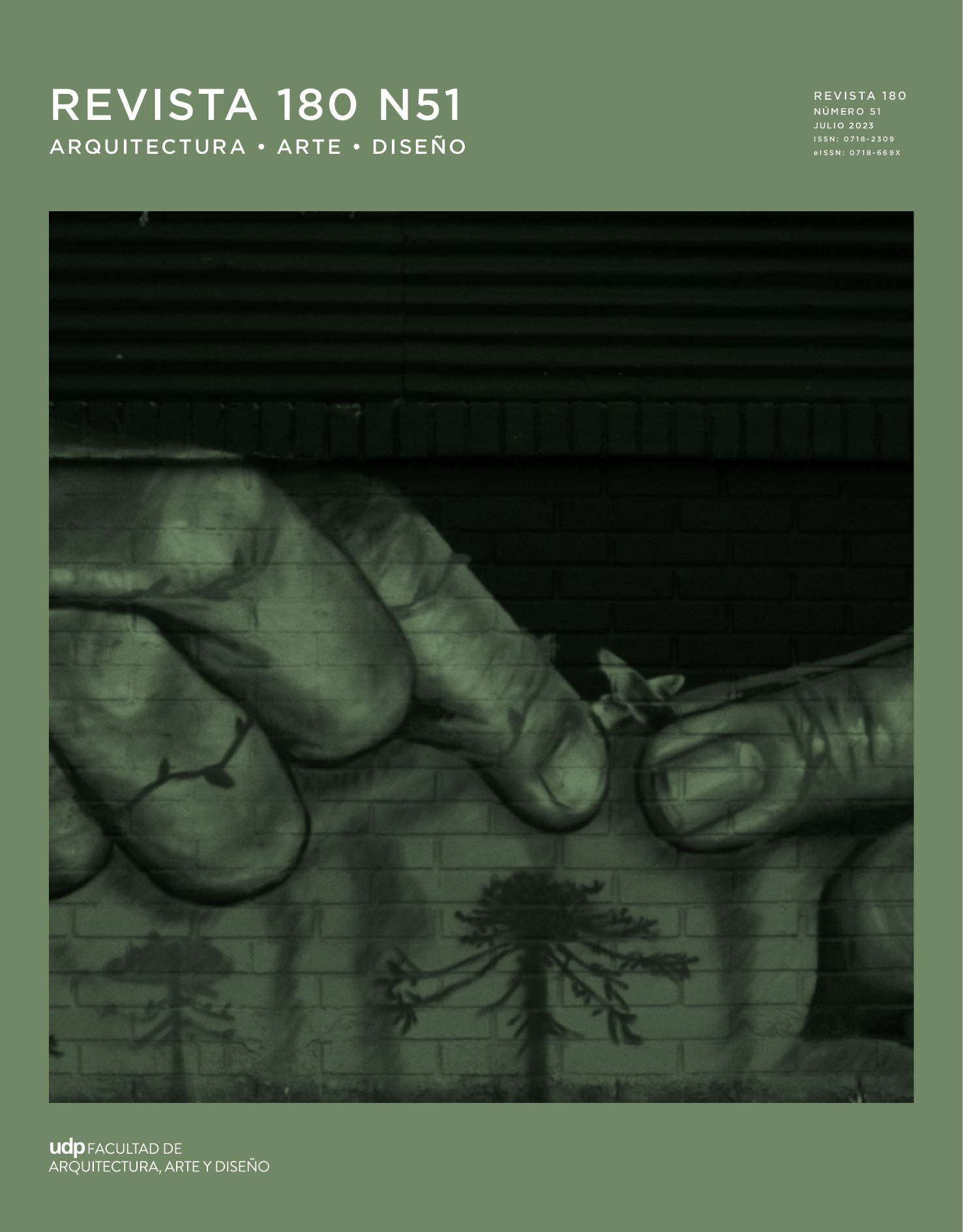UTOPIA OR REALITY? FEASIBILITY OF A MULTI-FAMILY HOUSING PROJECT WITH RECYCLED MATERIALS IN CENTRAL ARGENTINA
Published 2023-07-31
Keywords
- construction with PET,
- energy efficiency,
- higrothermal simulation,
- sustainable dwellings
How to Cite
Abstract
A feasibility analysis is carried out, with a sustainable perspective, of a bioclimatic multifamily housing initial project designed for the city of Río Cuarto, Córdoba, Argentina that began its PET recycling process in 2019 with the aim of manufacturing PET-cement bricks and build social housing with financing from the municipality and local labor. For this, the hygrothermal simulation is integrated with the Argentine sustainable housing manual, a future requirement for the construction of houses with state funds. The project is evaluated by: choice of site, design, energy, good practices in the project, and future use. It is developed at the initial project and its technological, economic and energy evaluation. The use of recycled PET (polyethylene tetraflorate) brick developed at the Experimental Center for Economic Housing is proposed. The results may be transferred to the local government. The economic and energy performance is compared by modifying in the simulation model only the brick walls: M1 hollow ceramic, M2 PET cement and M3 cellular concrete. M2 and M3 save 41 and 34% of energy requirement for air conditioning compared to M1. M2 is 50% cheaper than M3. The quantity of PET bottles feasible to be incorporated in the construction of the walls of said initial project is also estimated. A general and integrating plan is necessary to coordinate the management of urban solid waste with the social housing plan and the generation of local employment. Opportunities and weaknesses are detected in a pandemic context.
